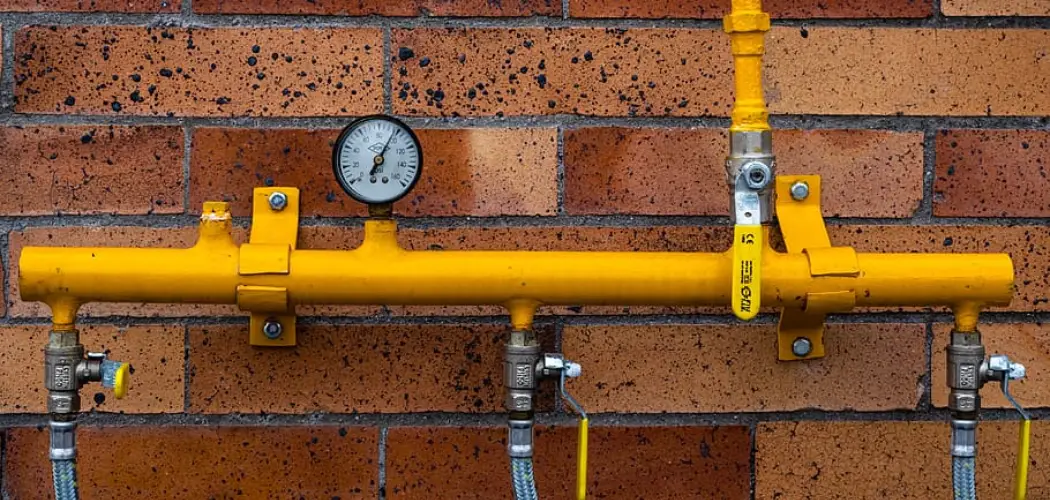Natural gas is a clean and efficient energy source for our homes, but it can be dangerous if safety measures are not taken seriously. That’s why installing a sediment trap on your gas line is important. A sediment trap, also known as a dirt or drip leg, helps collect dirt, debris, and moisture that can enter the gas line.
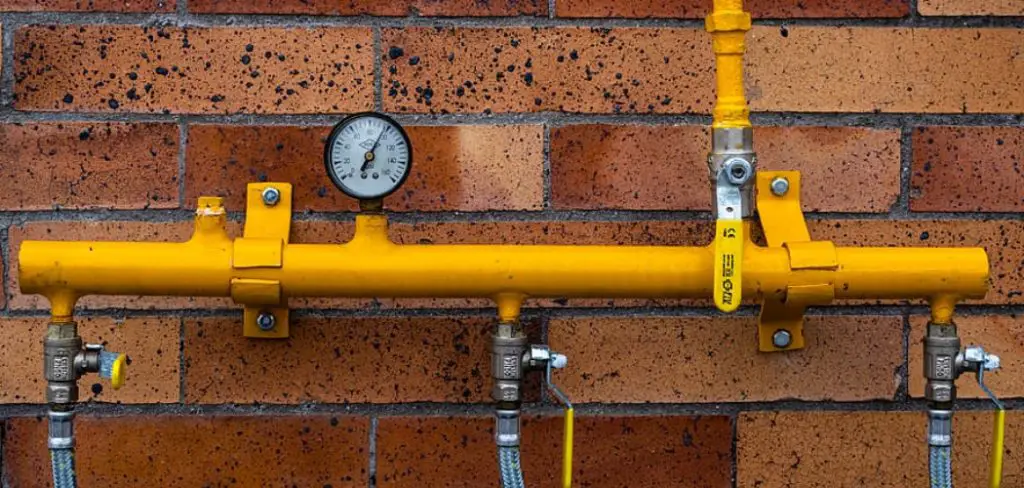
These particles can clog or damage gas appliances and create hazards like gas leaks and fires. Installing a sediment trap is easy and essential for your family’s safety. In this post, we will discuss how to install sediment trap on gas line in easy steps.
Can You Install a Sediment Trap on The Gas Line?
Installing a sediment trap on your gas line may be a wise investment to protect your appliances and save you money in the long run. Sediment traps are designed to catch small particles of debris that can be present in the natural gas flowing through your pipes.
Over time, these particles can build up and cause damage to your appliances or even lead to costly repairs. By installing a sediment trap, you can prevent these particles from causing any harm and ensure your gas line is running efficiently. Although it is recommended to have a professional install a sediment trap, it is a relatively simple process that can provide peace of mind.
Why Should You Install Sediment Traps on Gas Lines?
Installing sediment traps on gas lines is important for the safety and efficiency of your gas system. Sediment traps are designed to catch debris and unwanted materials that can accumulate in gas lines over time, preventing blockages and potential hazards. Many building codes and regulations also require them to ensure compliance with safety standards.
Beyond safety concerns, sediment traps can help improve the performance of your gas system by preventing clogs and increasing the overall lifespan of your equipment. Investing in sediment traps is a small investment that can greatly impact the safety and effectiveness of your gas system, ultimately saving you time, money, and potential damage to your property.
How to Install Sediment Trap on Gas Line – in 7 Easy Steps
Step 1: Turn Off the Gas Supply
Before you begin any work, you need to turn off the gas supply. Locate the shut-off valve, usually located near the gas meter, and close it. Follow any instructions in the shut-off valve’s manual or consult a certified gas professional if unsure of the process.
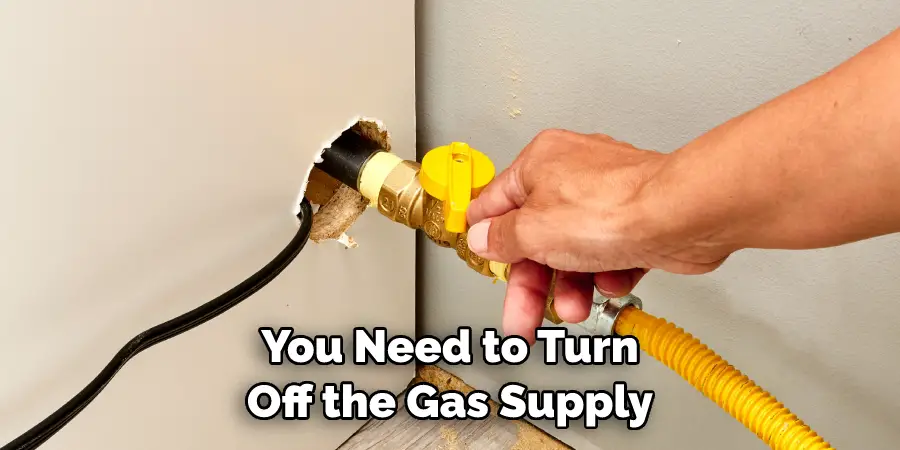
Step 2: Drain the Gas Line
Once the main gas supply is turned off, you will want to drain the gas line so that no sediment accumulates and clogs your new sediment trap. Using a pipe wrench, unscrew and remove the end of the gas line. Allow any remaining gas in the line to escape safely before reassembling the gas line.
Step 3: Install the Sediment Trap
Now you can install the sediment trap according to manufacturer instructions. Most traps come in two parts and require a few screws, nuts, and bolts to secure them together and attach them to the gas line. Make sure that all seals are properly connected.
Step 4: Connect the Trap to the Gas Line
Once you have installed and secured the trap, it’s time to connect it to the gas line. This will require a few adapters, depending on what size gas lines your home has. Once all of these are connected securely, you can move on to the next step.
Step 5: Test the Trap
To make sure that your new sediment trap is working properly, you will need to conduct a pressure test. Using an appropriate pressure gauge and some hoses, connect one side of the gauge to the gas line before the trap and the other side after it. Turn on the gas supply slowly and check if any leaks occur or if there is a difference in the pressure readings. If everything checks out, you can move on to the next step.
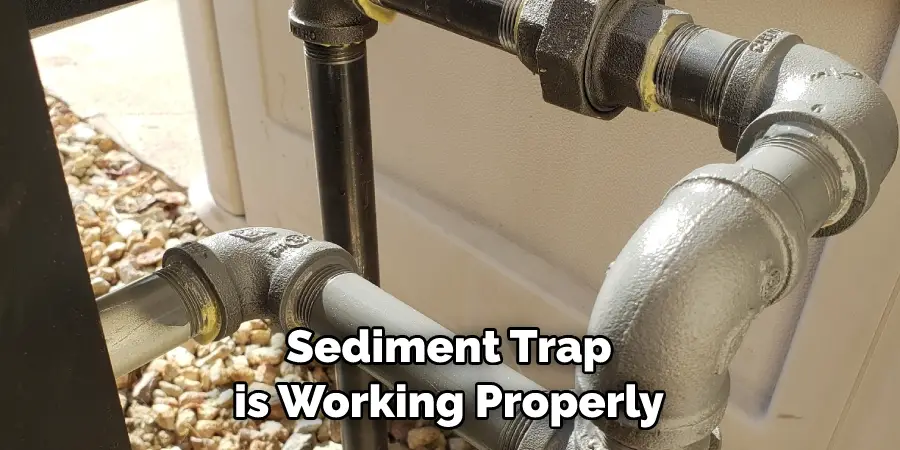
Step 6: Turn On the Gas Supply
Now that you have tested your new sediment trap and it passed with flying colors, it’s time to turn on the gas supply. Open up the main shut-off valve slowly and monitor the pressure readings. If everything looks good, you can move on to the last step.
Step 7: Perform a Final Check
The final step is to perform a final safety check. Inspect all connections and fittings around your new sediment trap for any signs of leaks or damage. You are ready to use your new sediment trap if everything checks out. Congratulations!
That’s it! You’ve now learned how to install sediment trap on gas line. Make sure to follow all safety protocols and consult with a certified gas professional if needed. With these simple steps, you can ensure that your home stays safe from any potential hazards caused by sediment buildup in the gas lines.
5 Considerations Things When You Need to Buy the Install Sediment Trap on Gas Line
1. Price
When considering which sediment trap to buy, price is one of the primary considerations. A wide range of sediment traps is available on the market, and the price can vary significantly from one model to the next. It is important to compare prices from different manufacturers in order to find the best deal.
2. Capacity
Another consideration when choosing a sediment trap is capacity. The capacity of a sediment trap refers to the amount of sediment that it can hold before it needs to be emptied. Some sediment traps have a very small capacity and need to be emptied frequently, while others have a much larger capacity and can go for months or even years without needing to be emptied.
3. Ease of Installation
Another thing to consider when choosing a sediment trap is the ease of installation. Some models are designed to be installed by the homeowner, while others require professional installation. If you are not familiar with plumbing, it is probably best to choose a model that does not require professional installation.
4. Maintenance
Another consideration when choosing a sediment trap is maintenance. Some models require frequent cleaning in order to prevent clogging, while others are self-cleaning and do not require any maintenance. Choose a self-cleaning model if you do not want to worry about maintaining your sediment trap.
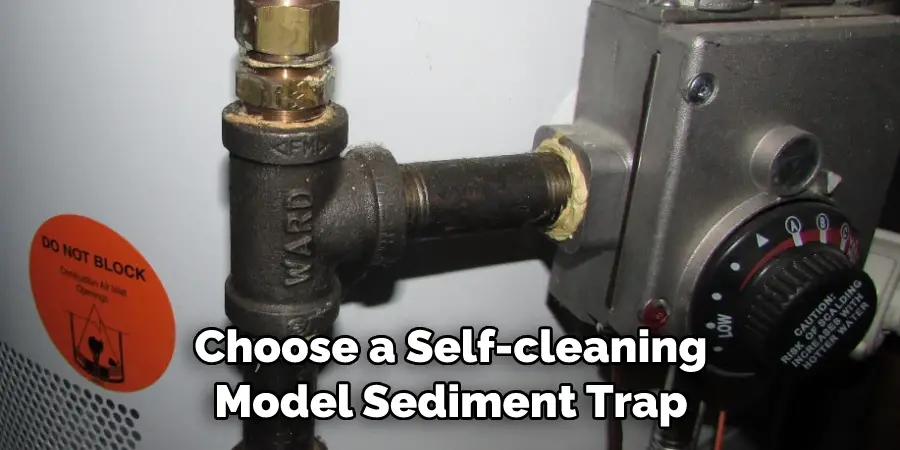
5. Warranty
Finally, the warranty is another thing to consider when choosing a sediment trap. Many manufacturers offer warranties on their products, which can give you peace of mind in case something goes wrong with your purchase. Be sure to read the fine print carefully before making your purchase so that you know what is covered by the warranty.
By considering these five considerations when choosing a sediment trap, you can be sure that you are buying the best model for your needs. With the right sediment trap installed on your gas line, you can rest assured that your home will be safe and free from sediment buildup.
Benefits of Install Sediment Traps on Gas Lines
Natural gas is known for being a clean energy source, but its transportation can sometimes cause unintended environmental impacts. When gas is being transported through pipelines or other forms of infrastructure, sediment can build up and become a problem.
That’s where sediment traps come in. Installing sediment traps on gas lines can help prevent eroded materials from moving along the pipeline. These filtered systems capture sediments before they can be transported downstream, potentially harming your equipment or the environment.
Sediment traps aren’t just for environmental protection, though. They can also help improve the efficiency and lifespan of your gas equipment, saving you time and money in the long run. Overall, installing sediment traps has numerous benefits, making it a valuable investment for any facility using natural gas.
Some Common Mistakes People Make When Trying to Install Sediment Trap on Gas Line
Installing a sediment trap on a gas line might seem like a simple task, but it is crucial to follow the proper steps to avoid any mistakes that could lead to potential hazards. One common mistake people make is not properly identifying the direction of gas flow, which can cause the trap to become ineffective.
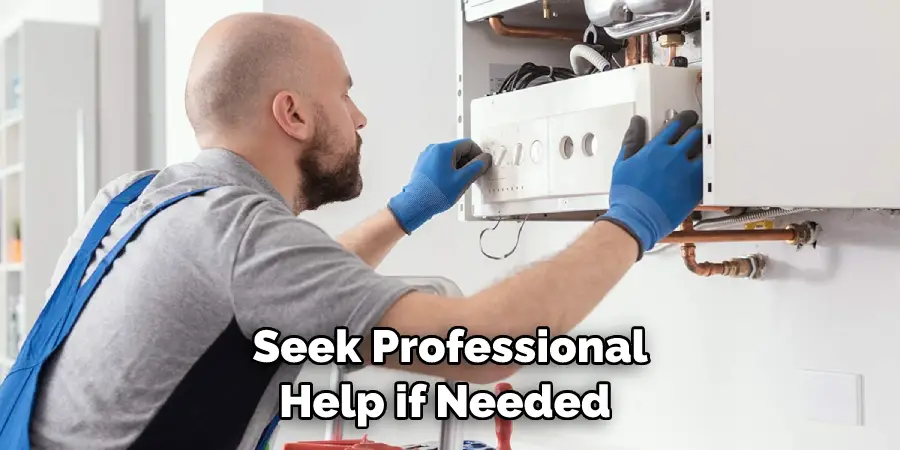
Another mistake is not using the correct tools or materials, leading to leaks or incomplete installation. Also, improper placement of the sediment trap can reduce its effectiveness in trapping particles and sediment from the gas line. It is essential to take the time to carefully follow the installation instructions and seek professional help if needed. By avoiding these mistakes, you can ensure that your sediment trap works properly and safely protects your gas line.
Conclusion
Installing a sediment trap on the gas line is an easy and essential task. With a few simple steps, you can improve the safety of your home and your family. It’s important to remember to turn off the gas supply before cutting the gas line and to follow local codes when installing the sediment trap.
Additionally, test the gas line system for any leaks once you’ve completed the installation. By following these steps, you can feel confident in the safety and efficiency of your gas line. Thanks for reading our post about how to install sediment trap on gas line.
You Can Check It Out to Turn on Electric Water Heater in House

